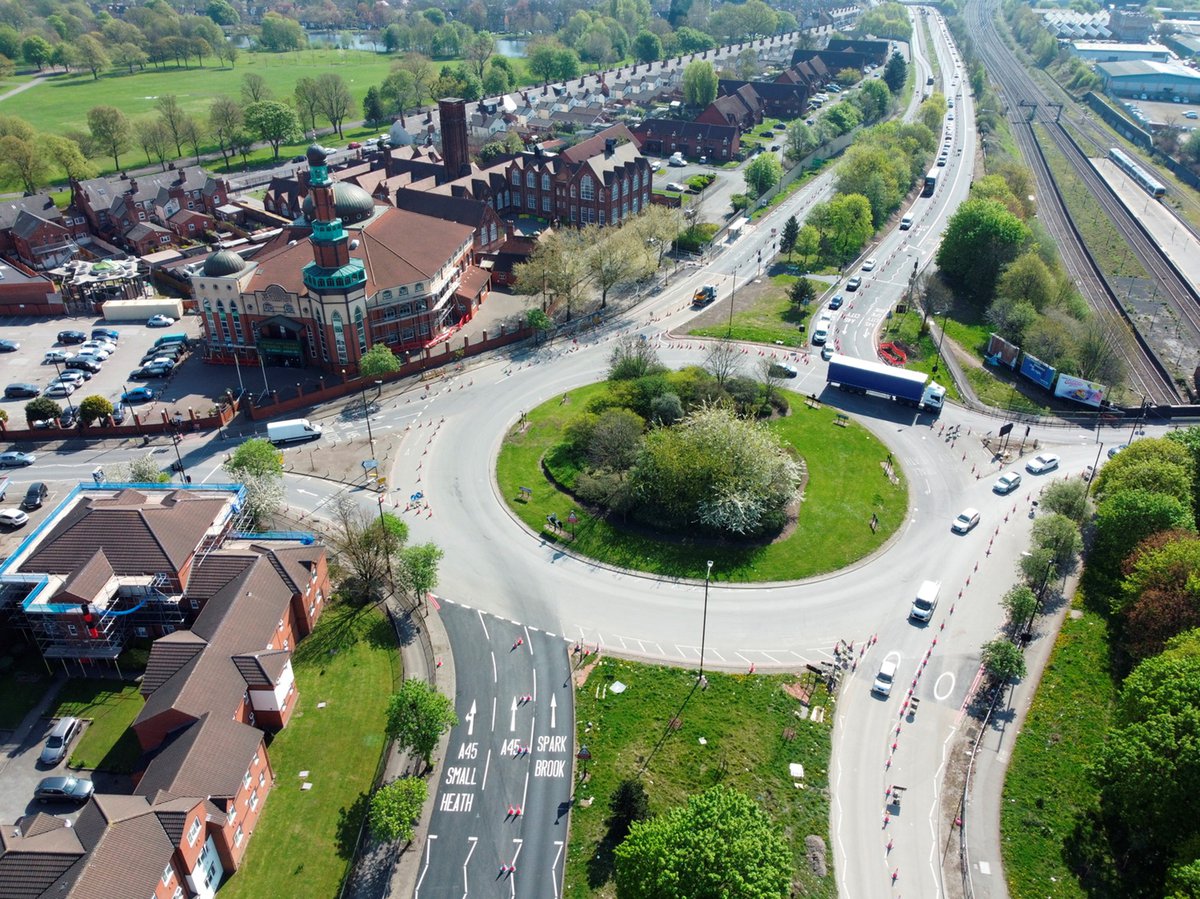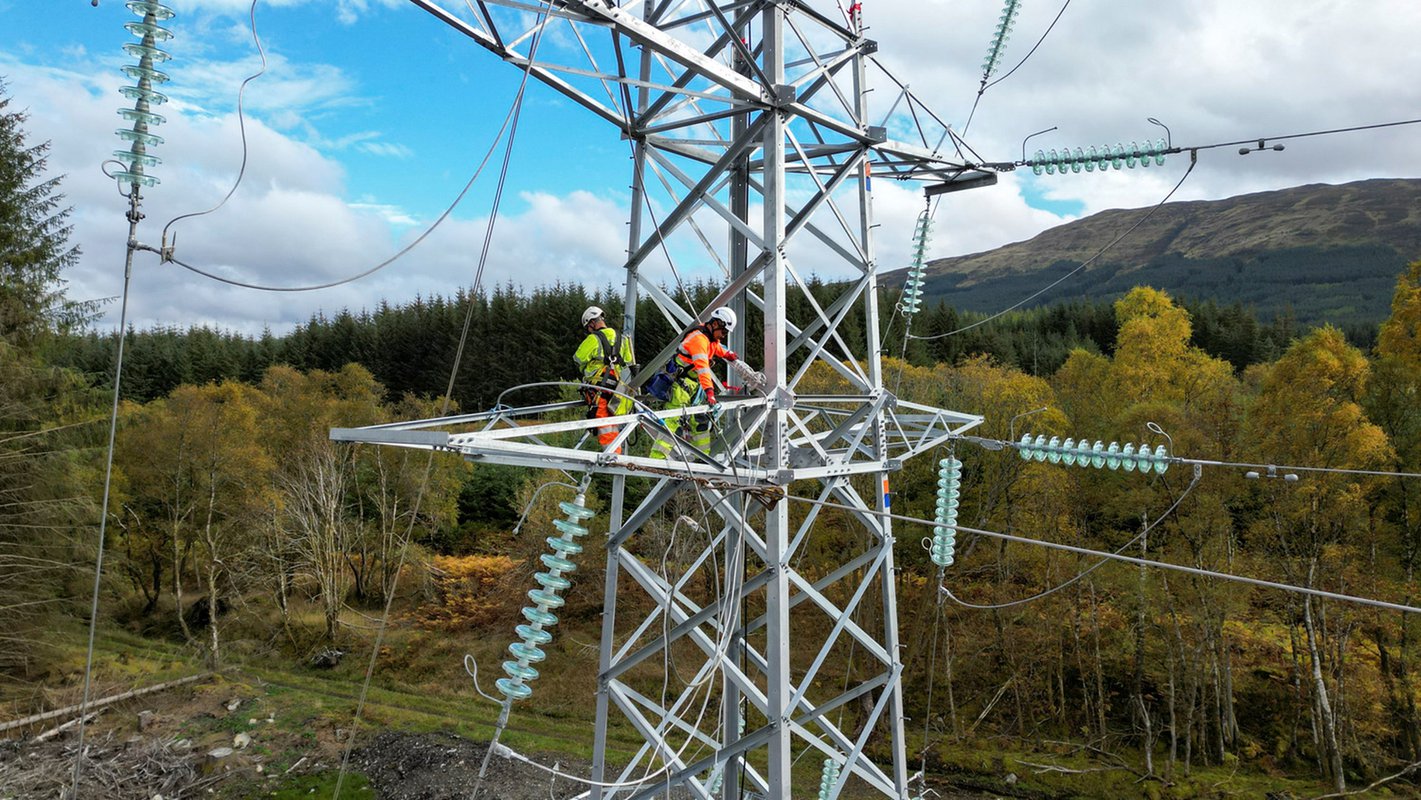Morgan Sindall Group delivered a strong performance in 2022, with significant strategic and operational progress made across the business despite the market headwinds. The results were another record for the Group and reflected the high quality of the Group’s operations and the talent and commitment of its people.
Group revenue increased by 12% up to £3,612m while adjusted* profit before tax increased 7% to £136.2m. The Group’s balance sheet remains strong with net cash of £355m, and with a high-quality secured workload of £8.5bn, the Group is looking forward with optimism.
*Before exceptional building safety charge of £48.9m and intangible amortisation of £2.0m
As expected, Morgan Sindall Infrastructure's revenue was 8% lower at £761m (FY 2021: £826m) with operating profit of £29.5m, 19% lower than last year's strong performance (FY 2021: £36.2m), driven mainly by the timing and nature of projects delivered through its frameworks. This balance of work resulted in an operating margin of 3.9% (FY 2021: 4.4%).
Infrastructure's order book at the year end was £1,799m, down 6% on the previous year end (FY 2021: £1,905m), however was up 1% on the half year position (HY 2022: £1,775m). In excess of 90% of the value of the order book is derived through frameworks, consistent with the strategic focus on long‐term workstreams from its clients.
Our focus remained on our key sectors of highways, rail, nuclear, energy and water.
Simon Smith, managing director for Morgan Sindall Infrastructure said:
“I’m pleased to recognise our significant contribution to Morgan Sindall Group’s 2022 results. I’m incredibly proud of our teams and colleagues, who continue to deliver for our customers and stakeholders in a responsible and inclusive way.
“Our strong performance continues to be supported by our selective approach to work winning, and we’re excited for 2023 as we work collaboratively with our customers and supply chain to develop and enhance the UK’s infrastructure.”
Morgan Sindall Infrastructure key figures
- Revenue: £761m
- Operating profit: £29.5m
- Order book: £1,799m
Sector overview
In highways, we were awarded the A45 at Great Doddington, its first project on National Highways' new Scheme Delivery Framework, a £3.6bn, six‐year programme to deliver vital renewals to maintain safety and reliability. Work continued on the A11 as part of National Highways' Concrete Roads Programme ‐ Reconstruction Works Framework, a four‐year programme worth c£130m to repair or replace the concrete surface of motorways and major A roads in England; and National Highways' Lower Thames Crossing scheme, where Infrastructure is part of a joint venture delivering the Integration Partner contract.
Works completed in the year included the M27 Junctions 4 to 11 smart motorway upgrade; the A45 Sprint corridor for Transport for West Midlands, a c£40m scheme forming part of a bus priority corridor linking Walsall with the centre of Birmingham, Solihull and Birmingham Airport; and the installation of safety technology to detect stopped vehicles on motorways without a hard shoulder, delivered through the Smart Motorway Alliance with National Highways.
In rail, we secured several schemes with Network Rail: the Bangor to Colwyn Bay signalling power upgrade; a £7.5m project on the CP6 Wales and Western framework; Lot 1 of the Building and Civils Framework, which involves renewing structural assets within Network Rail's Western region as part of their CP7 programme; and the detailed and temporary works design for the refurbishment of Liverpool Street Station roof, procured through SCAPE's Construction Framework. In addition, the division secured the Surrey Quays station upgrade, a £40m contract awarded through the London Rail Infrastructure Improvement Framework.
Work progressed on the Northumberland Line extension project for Northumberland County Council; the Network Rail Parsons Tunnel rockfall shelter extension in Devon; several access‐for‐all schemes with Merseyrail; and the project to upgrade Slough Crossrail station as part of Network Rail's CP6 framework in the Western region. During the year, the division completed the Central Area enabling works for HS2 and the Barking Riverside Extension project for Transport for London.
In nuclear, work continued on Sellafield's £1.6bn Programme and Project Partners contract, in its third year of a 20‐year framework, and on the Infrastructure Strategic Alliance. Work continued on the D58 facility for BAE Systems and completed on the D59 facility.
In energy, National Grid awarded us the £112m Dinorwig scheme and the £9.2m ZZA overhead line route as part of the RIIO‐2 electricity construction EPC (Engineer, Procure and Construct) framework, which involves the construction, refurbishment and decommissioning of overhead line and underground cable systems operating between 33kV to 400kV across its transmission network. In addition, the division was awarded a place on Scottish & Southern Electricity Network's (SSEN) RIIO‐2 framework for an initial term of five years with an option to extend by two years. The framework involves the construction, refurbishment and decommissioning of overhead lines, underground cable systems and substations operating between 33kV to 400kV across SSEN's transmission network. Energisation (transferring energy into the grid) was completed on the Dorset and Peak East Visual Impact Provision (VIP) schemes for National Grid.
In water, tunnelling was completed on the Thames Tideway 'super sewer' project to expand London's sewer network and help prevent pollution in the Thames, while work continued as part of the long‐term AMP7 framework with Welsh Water.



